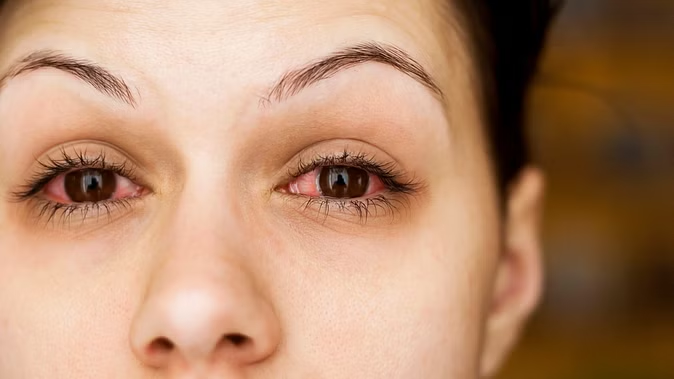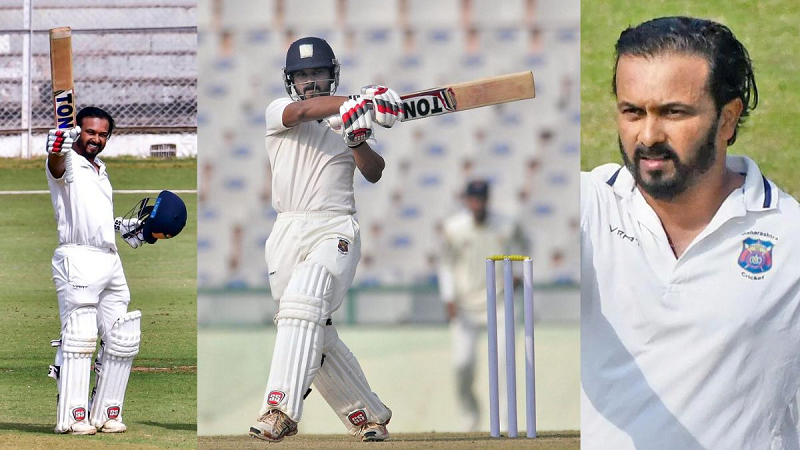Viral diseases are diseases that are caused by viruses. Viruses are microorganisms that enter the cells of the body infect them and cause disease. These diseases can range from common cold to serious diseases such as HIV/AIDS and COVID-19. Viral diseases can be classified into several types based on the virus that causes them, their symptoms, and the organs or systems they affect. Proper hygiene, vaccination, and mosquito-repellent measures are important to prevent viral diseases. If you feel symptoms of a viral infection, it is necessary to consult a doctor immediately. Here are the types of some common viral diseases and their symptoms, so that the disease can be identified and appropriate treatment can be adopted at the right time.

Types of viral diseases
Viral diseases can be divided into many types, including respiratory tract, gastrointestinal viral, skin viral, blood-borne viral, neurological viral, mosquito-borne viral, and some other types.
Respiratory viral diseases include the common cold, influenza, and coronavirus, which enter the body through the air.
Gastrointestinal viral diseases include stomach problems such as stomach flu, noroviral rotavirus, and hepatitis A.
Skin and mucus membrane viral diseases include viruses such as chicken pox, herpes, measles, rubella, and HPV.
Blood-borne viral diseases include HIV, hepatitis B, C, and Ebola, which affect the victim through blood.
Polio and rabies are included in neurological viral diseases.
Dengue fever, malaria, chikungunya, Zika virus, and yellow fever are part of vector-borne viral diseases.
Most spread viral disease in India
Dengue
Dengue is a mosquito-borne viral disease that spreads through mosquito bites. It does not spread from one person to another. Symptoms may vary from person to person infected with dengue virus. It includes high fever, diarrhea, vomiting, headache, muscle and joint pain, and red rashes on the skin. In severe cases, dengue also increases the risk of internal bleeding.
According to the World Health Organization, 39 crore people are infected with the dengue virus every year, out of which 9.6 crore people show symptoms. A total of 101 dengue cases have been reported in Bhopal this year, out of which almost half have been reported in July itself.
Chikungunya
Chikungunya is also a mosquito-borne viral disease, which spreads through the bite of Aedes mosquitoes. Most of the symptoms of both chikungunya and dengue are similar, which include high fever, joint pain, and body aches. Apart from this, some people may also experience joint swelling, muscle pain, headache, nausea, fatigue, and skin rashes. Long-term cases of chikungunya can lead to chronic arthritis and neurological problems.

Influenza
Influenza is a viral infection that affects the respiratory system. It causes high fever, cough, sore throat muscle pain, and cold. At the same time, people with weak immune systems may have serious respiratory problems. Due to changes in the weather, the risk of influenza infection is seen to be quite high. According to a report of March 2023, more than 3000 cases of influenza were reported in India.
Malaria
Like dengue, malaria is also a serious disease. Malaria is a disease caused by parasites. This parasite spreads to humans through the bite of infected mosquitoes. It causes a high fever and, a shivering cold. Malaria can cause fluid to accumulate in the lungs, making it difficult to breathe. In some cases, this disease can also damage the kidney and liver.
Eye Flu
It is common for infections to spread due to weather changes, including eye flu or conjunctivitis, which should not be taken lightly. This infection can occur at any age but children are mostly affected by it. Due to rain, airborne germs and bacteria spread infection. It spreads only by touching an infected surface. Problems like burning, pain, and redness in the eyes are seen in it.
(PC: ISTOCK)










